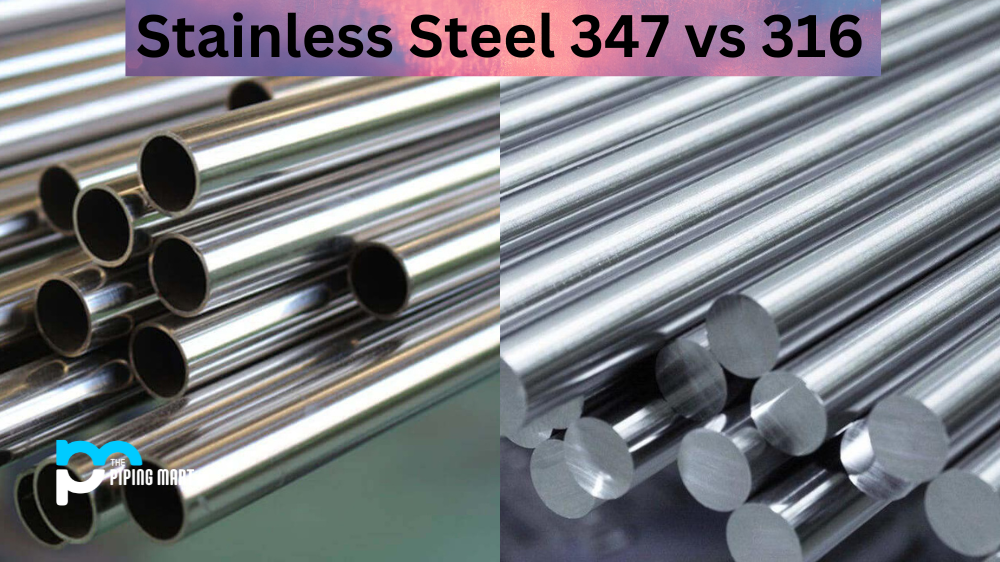When you’re shopping for a new set of wheels or other metal components, you may be confronted by two potential materials to choose from cast aluminium and aluminum. But what is the difference between these two materials? In this blog post, we’ll take a look at the difference between cast aluminium and aluminum alloys so that you can make an informed decision about which material is best for your project.
Cast Aluminium
Cast aluminum is made by pouring molten aluminium into a mould. This method of production results in products that are very strong and durable. Additionally, cast aluminum products often have a more intricate design than those made from other methods, as the moulds used to create them can be very detailed.
Aluminium
Aluminium is a metal that is found naturally in the environment. It is extracted from minerals and then processed to create a variety of products. Aluminum is lightweight and corrosion-resistant, making it a popular choice for a variety of applications.
Difference Between Cast Aluminium and Aluminum
The first thing to note when comparing cast aluminum and aluminium alloys is that they are both made from different elements. Cast aluminum is created by casting molten aluminum into a mould, whereas aluminum alloys are composed of different metals such as copper, silicon, magnesium, zinc, and manganese that are mixed together to form a stronger material.
When it comes to strength, aluminum alloys are much stronger than cast aluminium. This makes them ideal for use in wheel rims, bike frames, car chassis, and similar applications where strength is important. However, cast aluminium does have its advantages, too; it is lightweight and corrosion-resistant, making it ideal for uses such as boat propellers or engine blocks where weight savings are important.
Another thing to consider when comparing cast aluminum and aluminum alloys are cost. Generally speaking, aluminium alloys tend to be more expensive than cast aluminum due to their greater strength. That being said, the cost of both materials can vary greatly depending on the type of alloy used and other factors, such as availability in your area.
Casting Process
The casting process used to create cast aluminium products is very energy-intensive. In fact, it can take up to four times as much energy to produce cast aluminium as it does to produce other types of aluminium. However, the end result is a product that is extremely strong and durable.
Extrusion Process
The extrusion process used to create aluminium products is less energy-intensive than the casting process. In this process, molten aluminium is forced through a die, which gives it the desired shape. This method of production results in products that are not as strong or durable as those made from cast aluminium, but they are typically less expensive.
Recycling
Both cast aluminium and regular aluminium can be recycled. In fact, recycling aluminium requires only 5% of the energy that is needed to produce new aluminium from scratch. Recycling cast aluminium requires even less energy, as the casting process creates products that are easier to recycle than those made from other methods.
Environmental Impact
The environmental impact of cast aluminium vs regular aluminium depends on a number of factors, including the method of production and the end use of the product. For example, cast aluminium products have a higher environmental impact if they are used for disposable items such as cans or foil, as they will need to be produced more frequently
Conclusion:
In conclusion, there are many factors to consider when deciding between cast aluminium and aluminum alloys for your project. While both materials have their pros and cons depending on their intended application – with aluminum alloys being stronger but more expensive – ultimately, the choice will come down to personal preference based on budget constraints and desired performance characteristics. For website owners looking for an affordable yet durable material for their projects, then considering either option could provide the perfect solution!

Pipingmart is a B2B portal that specializes in metal, industrial and piping items. Additionally, we share the latest information and information about materials, products and various types of grades to assist businesses that are involved in this business.




